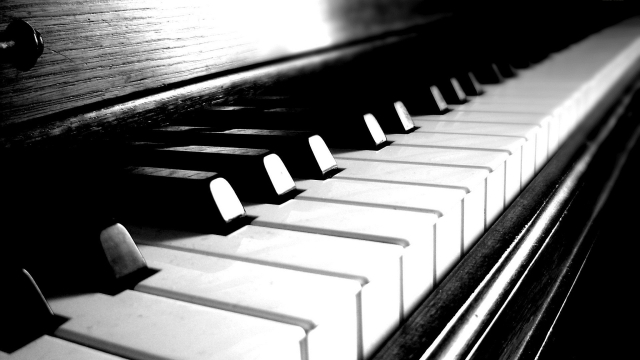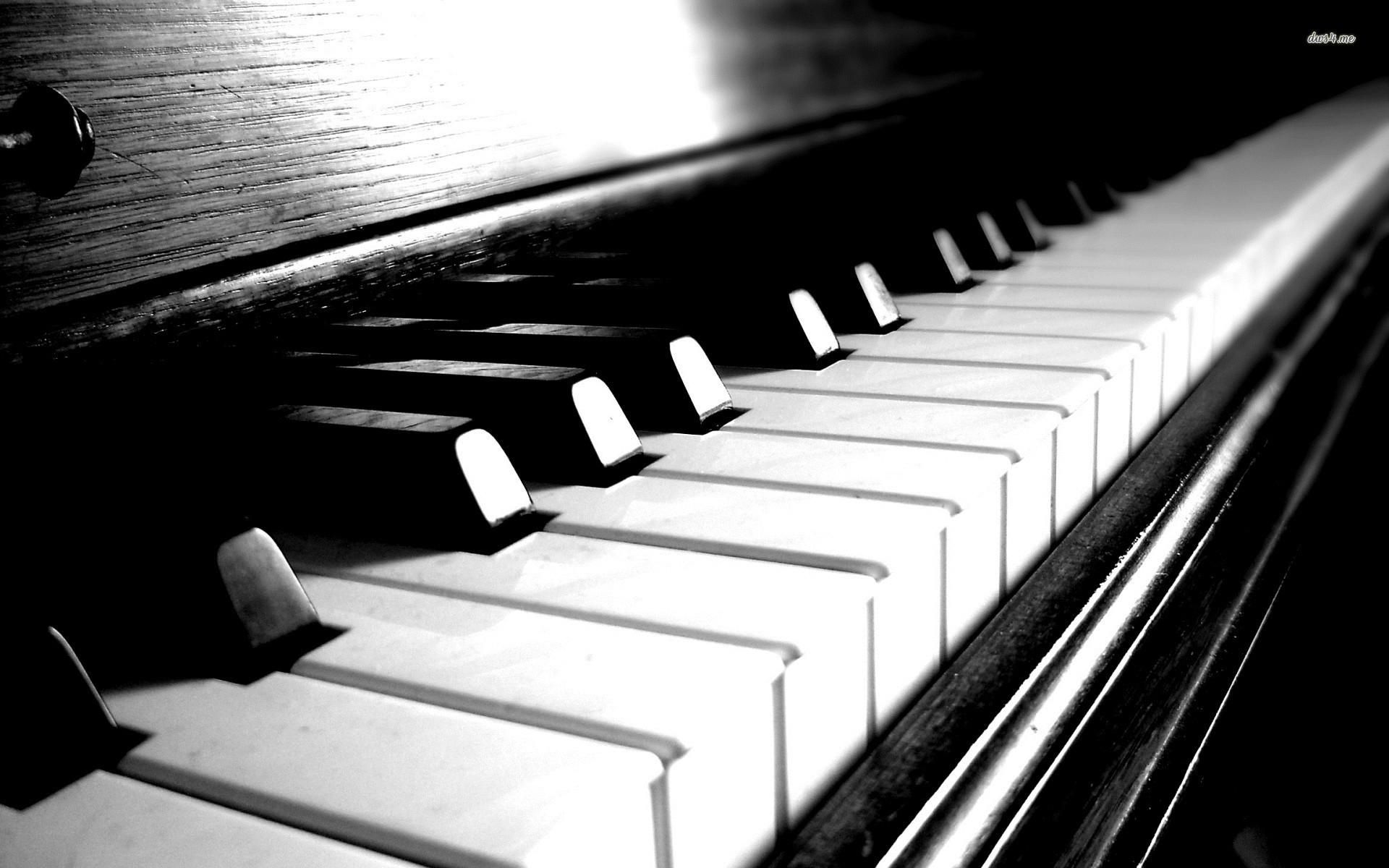
Unlocking the Keys: Journey of Piano Mastery
- by Jose Bryant
Learning to play the piano is a remarkable journey that transcends generations and captivates hearts. For centuries, countless individuals have embarked on this melodic odyssey, facing the challenges and joys that come with mastering this majestic instrument. Today, we stand on the precipice of a new era in piano learning, one that merges the tangible with the virtual, ushering in a realm of endless possibilities. Enter the realm of mixed reality piano, a groundbreaking technology that seamlessly blends the traditional art of playing the piano with the immersive world of virtual reality.
What exactly is mixed reality? It is an innovative synthesis of the physical and digital realms, where computer-generated elements coexist and interact with the real world in real-time. This captivating fusion allows piano enthusiasts to explore a realm beyond what was once thought possible, pushing the boundaries of traditional piano learning to uncharted territories. With mixed reality, aspiring pianists can now step into a transformative environment where the imaginary intertwines with reality, unveiling a new dimension of knowledge and creativity.
In this article, we will delve into the captivating world of piano learning through mixed reality technology. We will uncover the features that make it a revolutionary tool for aspiring musicians and experienced maestros alike. Get ready to unlock the keys of piano mastery as we embark on a captivating journey into the realm of mixed reality piano.
Traditional Piano Learning Methods

Learning to play the piano has traditionally been a time-honored pursuit, with various methods employed to foster musical growth. These methods have withstood the test of time and continue to lay the foundation for aspiring pianists.
In the first stage of learning, beginners are introduced to music theory and the fundamentals of piano playing. This includes understanding the layout of the keyboard, reading sheet music, and gaining familiarity with musical notation. Students are guided in proper hand posture, fingering techniques, and how to produce different tones and dynamics.
As beginners progress, they move on to practicing scales, arpeggios, and exercises that develop finger dexterity and coordination. Regular practice sessions are essential for building muscle memory and strengthening the fingers, allowing for smoother transitions and fluidity in playing.
Another crucial element of traditional piano learning is the study of repertoire. Students are exposed to a diverse range of musical styles and composers, learning pieces that showcase different techniques and musical expressions. Through the study of well-known compositions, students gain insight into interpreting musical phrasing and dynamics, honing their artistic sensibilities.
In conclusion, the traditional methods of piano learning encompass a systematic approach to building a strong musical foundation. By combining music theory, technical exercises, and repertoire study, aspiring pianists can develop the necessary skills and artistry to unlock the full potential of this beautiful instrument.
Introduction to Mixed Reality Piano
The world of piano learning has been revolutionized by the advent of mixed reality technology. With the integration of virtual reality and augmented reality into the realm of piano education, learners now have access to a whole new level of immersive and engaging experiences. Gone are the days of traditional teaching methods confined to a physical piano. Mixed reality piano opens up a whole new world of possibilities, where learners can explore and interact with virtual pianos and environments, enhancing their learning journey in unprecedented ways.
Mixed reality piano brings together the best of both virtual and real worlds. By leveraging the power of technology, learners are able to experience the joy of playing the piano while also benefiting from the advantages of virtual environments. The fusion of audio, visuals, and haptic feedback creates a truly sensory-rich experience, allowing learners to develop their skills in a dynamic and interactive manner.
One of the key benefits of mixed reality piano is its ability to provide immediate and personalized feedback to learners. Through virtual interfaces and advanced algorithms, the technology can analyze the learner’s performance in real-time, pinpointing areas for improvement and offering tailored guidance. This real-time feedback mechanism not only accelerates the learning process but also promotes self-reflection and improvement, helping learners reach their full potential.
With mixed reality piano, learners are not limited to practicing on traditional pianos. Virtual piano keyboards and environments can be customized to suit the learner’s preference, allowing for flexibility in terms of sound, appearance, and even virtual companions. Learners can explore different piano models, experiment with various musical genres, and even collaborate with virtual musicians, expanding their horizons and unlocking their creativity.
In conclusion, mixed reality piano has revolutionized the landscape of piano learning. By merging the virtual and real worlds, learners can embark on a truly transformative journey, incorporating technology, personalization, and immersive experiences into their piano mastery endeavors. As this technology continues to evolve, the possibilities for piano learning are boundless, opening doors to new horizons for both beginners and advanced players alike.
Benefits and Potential of Mixed Reality in Piano Learning
Mixed reality technology is revolutionizing the way we approach piano learning. By seamlessly combining the virtual and physical worlds, it offers a range of benefits that can greatly enhance the learning experience.
One of the key advantages of mixed reality in piano learning is its ability to provide real-time feedback. With the integration of sensors and tracking systems, learners can receive instant feedback on their technique, posture, and finger positioning. This immediate feedback allows for quicker adjustments and improvements, leading to more efficient and effective practice sessions.
Another significant potential of mixed reality in piano learning lies in its immersive nature. By creating a virtual environment where learners can interact with virtual pianos, they can explore and experiment with various techniques and musical styles. This freedom to explore in a virtual space can boost creativity and encourage learners to push their boundaries, ultimately contributing to a more well-rounded and versatile pianist.
Mixed reality technology also has the potential to facilitate remote piano lessons. With the use of virtual avatars and real-time audio and video streaming, teachers can deliver personalized instruction to students located anywhere in the world. This opens up new opportunities for collaboration and learning from experts who may not otherwise be accessible.
In conclusion, mixed reality has introduced exciting possibilities for piano learning. From real-time feedback to immersive experiences and remote instruction, this technology has the potential to redefine how we approach and master the piano. As it continues to advance, the benefits of mixed reality in piano learning are likely to expand, providing learners with even more opportunities for growth and achievement.
Learning to play the piano is a remarkable journey that transcends generations and captivates hearts. For centuries, countless individuals have embarked on this melodic odyssey, facing the challenges and joys that come with mastering this majestic instrument. Today, we stand on the precipice of a new era in piano learning, one that merges the tangible…